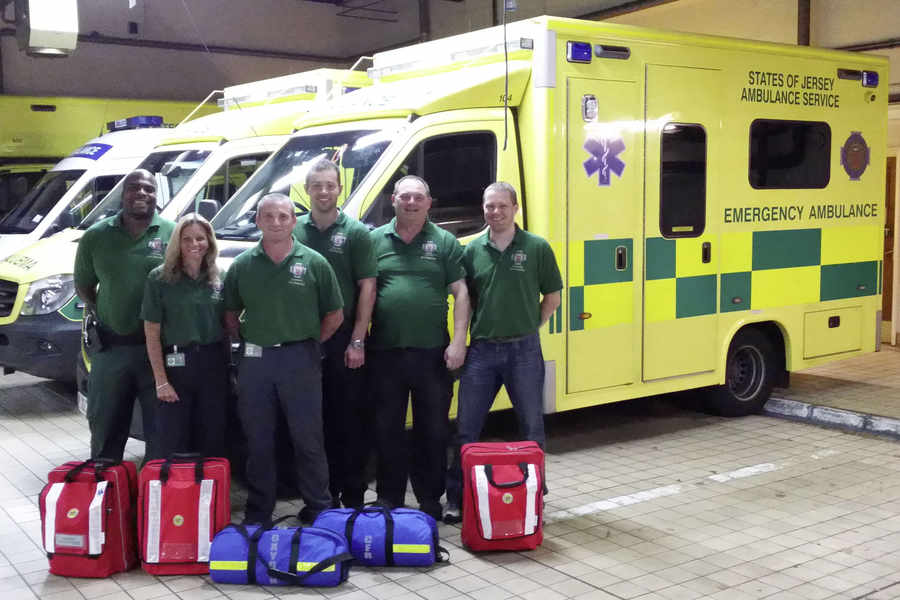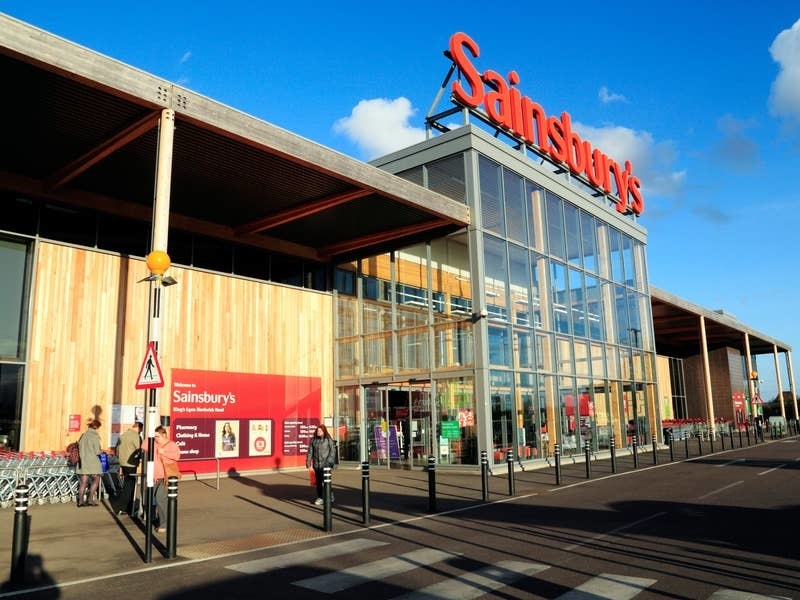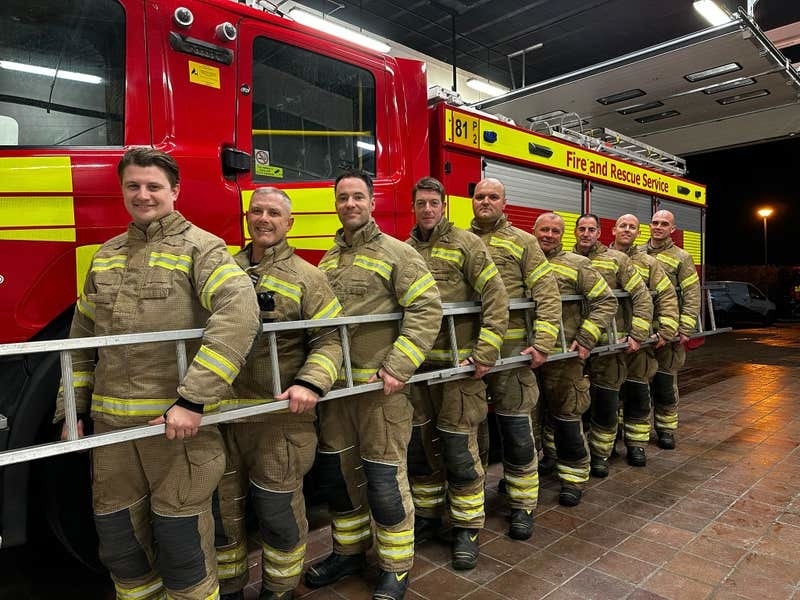A team of 15 Islanders have received training from the States of Jersey Ambulance Service to become Community First Responders and can be called upon to help treat those suffering from cardiac arrest, unconsciousness, chest pains and choking.
The Health Department say first responders will attend ‘red’ call – the most urgent – emergencies when paramedics are unable to reach a casualty within a UK-standard eight-minute target time.
This particularly affects the north of Jersey, although the scheme operates Island-wide. The responders will not replace ambulance crews, and paramedics will still try to get to a casualty as soon as possible even if they are already being treated by one of the volunteers.
Paul Malpas, operations manager with the Ambulance Service, said that the scheme – which has been in place in the UK for a number of years – would play a ‘valuable role’ in providing ‘life-saving’ treatments in the vital minutes before paramedics reaches the scene. Community responders will not be called out to incidents involving children or incidents where it is believed the responder would be in a ‘vulnerable position’ – such as those involving alcohol or mental health issues.

Mr Malpas added that they were now looking at expanding the types of call-outs that the responders can deal with as well as increasing the number of trained community responders in Jersey.
On Thursday there were two call-outs for the responders, one at La Motte Street and another at Les Quennevais. The team has dealt with around half a dozen call-outs since the scheme went live in January.
Ten sets of kit have been supplied for the scheme – two by the Jersey Heart Support Group, two from the League of Friends, one from Rossborough and five from the Ambulance Service. Each kit costs £1,000. Staff from the Ambulance Service gave up their time to train the volunteers.
Lee Vallois, a member of the team, said: ‘The team has grown gradually and we have an increasing capability to reach scenes of emergencies quickly and provide immediate assistance to patients when we do.’
The rolling out of the scheme follows following the launch of an initiative with the States Fire and Rescue Service last year. As part of this scheme, firefighters attend category A call-outs to provide treatment when paramedics crews are on other call-outs and cannot be diverted.






